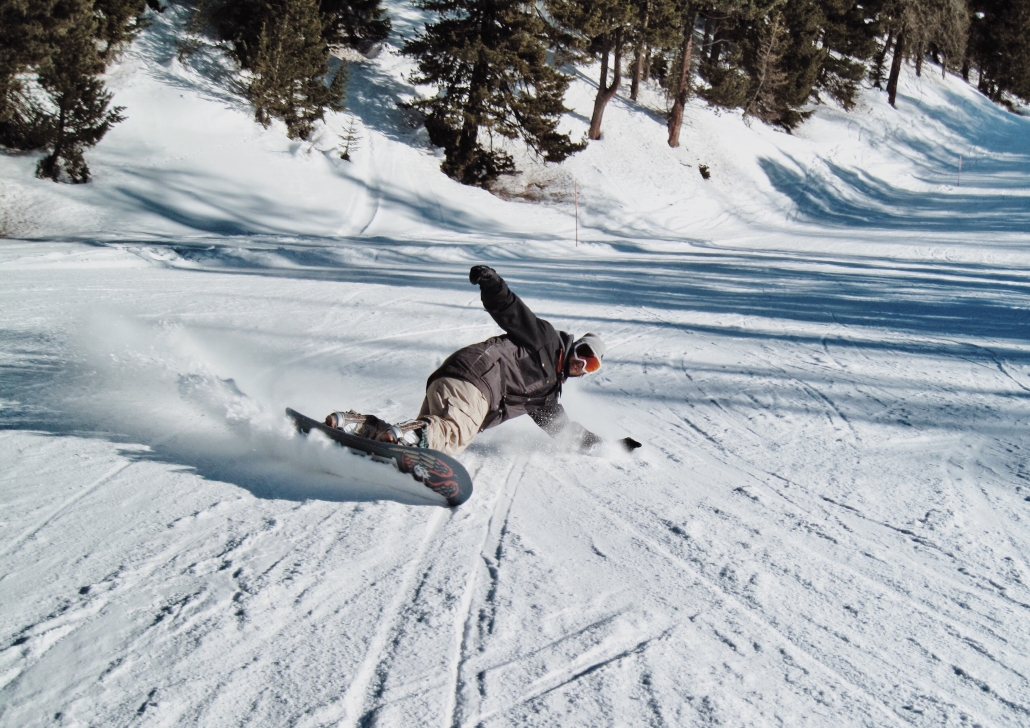Fitting your Skis and Snowboard

By Dr. Carl Wierks
There are many kinds of skis and snowboards differing in shape, length, and flexibility. When purchasing a snowboard or skis, make sure you are buying one that properly fits you and your needs. Here are some tips on how to properly set up your skis or snowboard.
Adjusting your snowboard and skis
When adjusting your skis or snowboard, it is essential to spend time making sure your bindings are properly adjusted. You do not want them too tight because they need to release if you were to fall, but they still need to be tight enough so that they do not automatically come off when you get on the slopes.
When adjusting your snowboard, make sure your feet are shoulder width apart and slightly rotated, so you do not lean too far forward or backward while on the hill. The foot that is facing downhill should typically be rotated out ten to fifteen degrees while your back foot should be rotated out five degrees. Your center of gravity needs to be slightly lower to maintain your balance going downhill.
Fitting your snowboard and skis
When purchasing a new snowboard or skis, talk to an expert who can help you find something that matches your experience. Consider if you’re going out for a casual ride or plan to perform tricks. Snowboards that are more flexible are made for park features and pipes, while snowboards meant for cruising are more rigid.
Many shops will also have demos that are available for you to try. Take advantage of shops that offer this and find a snowboard that works best for you.
There is a general rule of thumb for finding the right-sized ski or snowboard. Skis should come up between your nose and your eyes. While a properly-sized snowboard will end between your nose and your chin.
An improperly fit or mis-adjusted piece of equipment can cause injury to even expert skiers and snowboarders. By being proactive and making sure your bindings are correct and you have the proper equipment, you will be on your way to enjoying an injury-free season.


